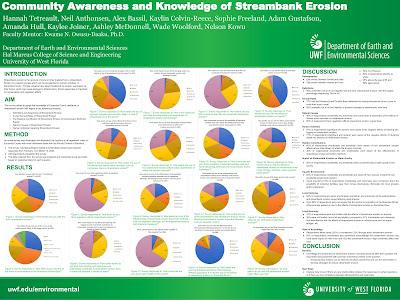For this weeks module 12 we were tasked with utilizing our map deliverable created in module 10, the population dot density map of South Florida, and uploading it into Google Earth. This module was completed using ArcGIS Pro and Google Earth Pro. Layers were converted in arcgis pro using the layer to KML tool. I was able to convert my dot density layer after converting it to to a a single point layer by regenerating a new set of random points based on a newly calculated population field of one dot representing 20,000 individuals. Legend elements and extent frame were sniped using windows sniping tool and uploaded into Google Earth Pro as image overlay elements. A tour was created that visits the following place markers in South Florida with the 3D buildings feature enabled: Miami Metropolitan, Miami Downtown, Fort Lauderdale, Tampa Bay, Saint Petersberg, and Tampa Downtown.
A discussion post was made by me in regards to the future of GIS and volunteered graphic information.
GIS as a science is continuously evolving as more and more users become active participants in GIS data gathering techniques. One of such techniques is volunteered graphic information, VGI. This geospatial data is being uploaded by an enormous amount of people via the internet at an ever increasing rate. I personally am a fan of VGI and any improvements in general to GIS sciences and applications but it must be noted that VGI comes with some drawbacks, such as data integrity. Some work arounds to inaccurate public data could involve an administrative review or peer review process. I could see a system that implemented a ranking system based on data quality being a good source of VGI content.
Subscribe to:
Post Comments (Atom)
Spring 2023 semester wrap up
The spring 2023 semester at UWF has been an eventful one in which I finalized the requirements for my bachelors of science in natural scien...

-
Mastering multiple platforms will result in a more precise outcome. In this weeks lab we were tasked with creating a top10 list of our cho...
-
For this weeks Module 7 we were tasked with creating a choropleth map for wine consumption in Europe. A choropleth map is a themetic map in ...
-
For this weeks Module 6, we were tasked with displaying data for Dade County, Florida in four different classification methods for symbology...




No comments:
Post a Comment